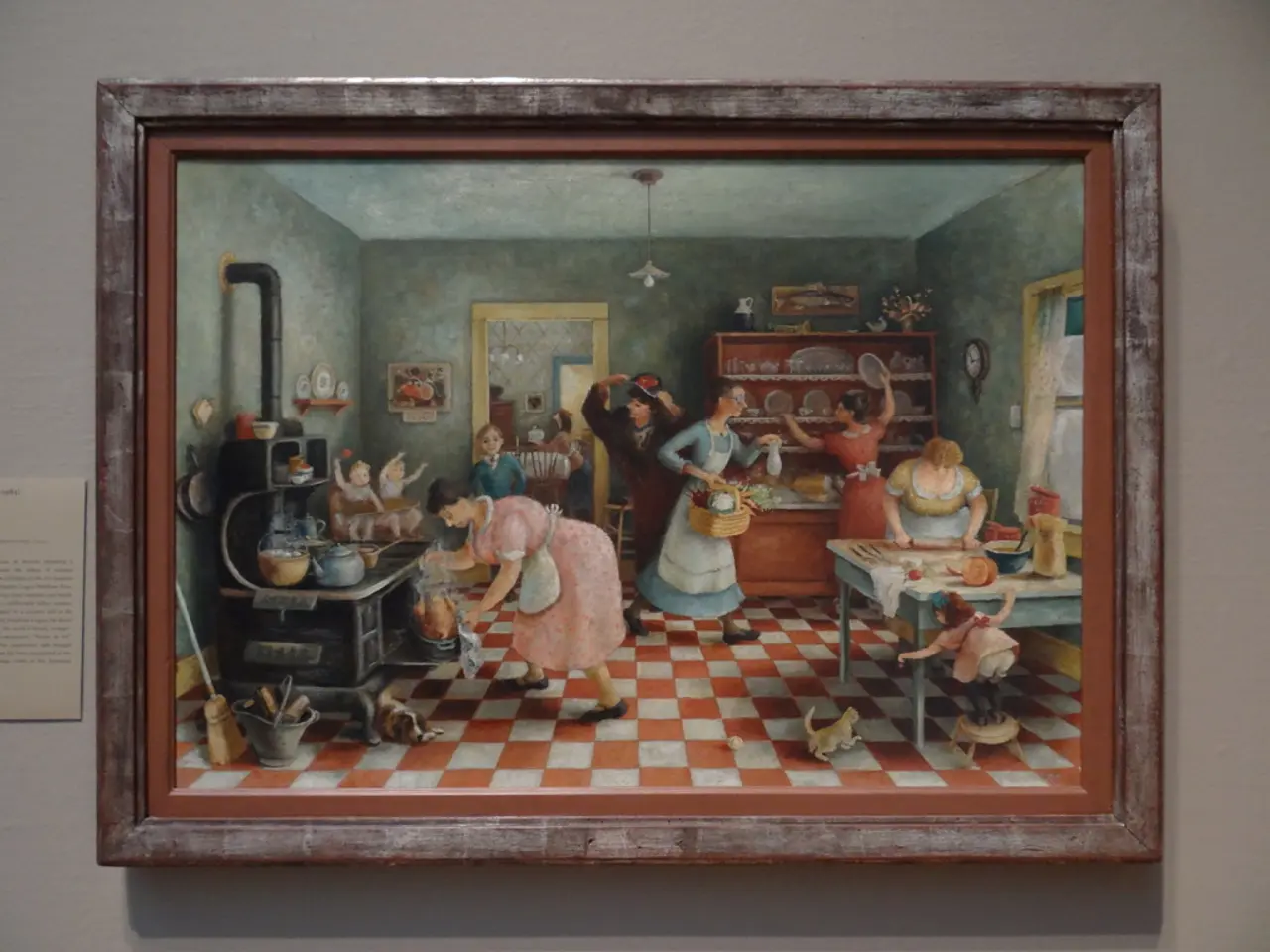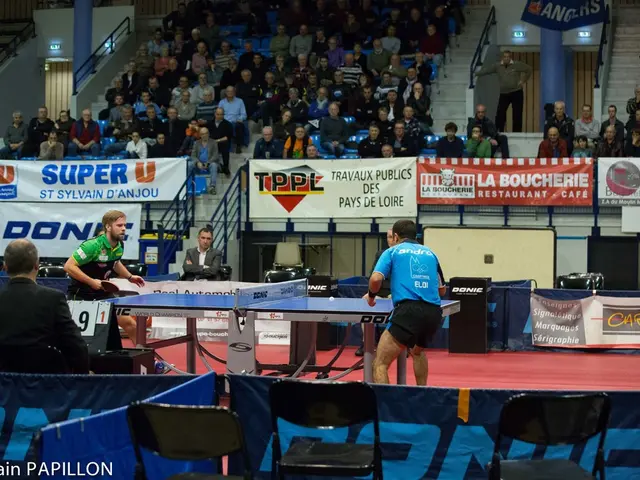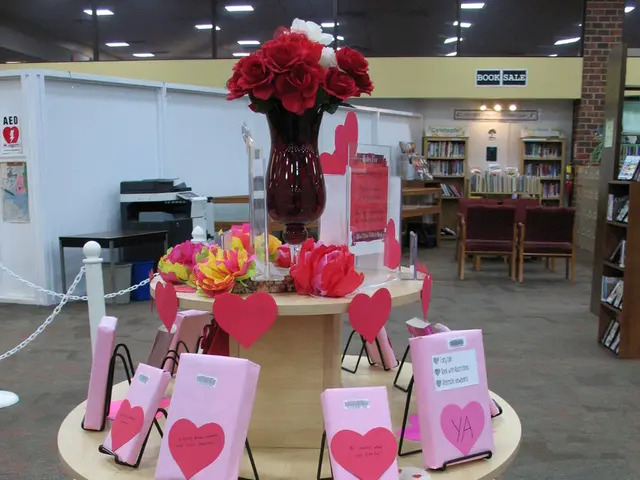Romanisches Café: A Haven for Emancipated Women and Artists in 1920s Berlin
The Romanisches Café, a famed gathering spot in 1920s Berlin, was known for its vibrant atmosphere and eclectic mix of patrons. It was jokingly dubbed the 'Rachmonisches Café' due to its proximity to political confrontations and the black market. The café attracted emancipated women who navigated its explosive scene with confidence.
The Romanisches Café opened its doors to a diverse range of individuals. Gamblers and speculators paused here, while starving writers and theater people also found solace. Artists and intellectuals flocked to the café, drawn to its unique atmosphere and the women who frequented it. Some of these women, like Jeanne Mammen, were painters who immortalized café scenes in watercolors.
The café was a target of Nazi riots as early as 1927, marking the beginning of its decline. After the Nazi seizure of power in 1933, prominent patrons, including writers and artists, decreased rapidly. This led to a loss of status for the café as a gathering place for the artists and intellectual scene. Despite this, women continued to be drawn to the café, seeing it as a symbol of emancipation regardless of their reasons for being there. Notable women like Else Lasker-Schüler, Valeska Gert, and Ruth Landshoff were regular patrons.
The Romanisches Café, once a bustling hub of creativity and freedom, fell victim to the changing political landscape. Despite its decline, it remains a symbol of the emancipated women who frequented it and the artists who immortalized its unique atmosphere.




